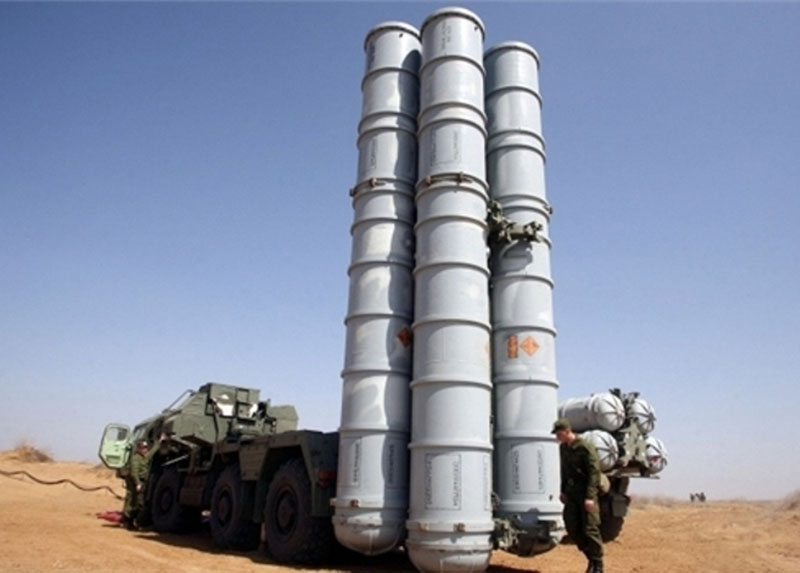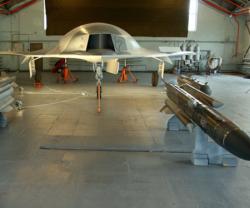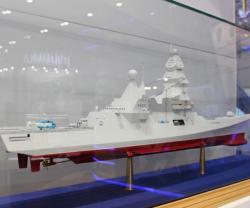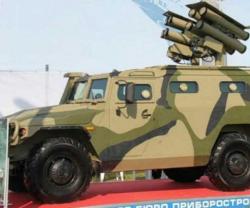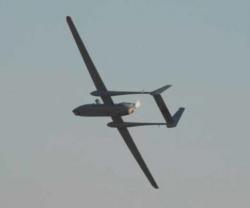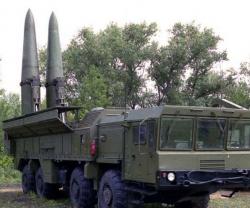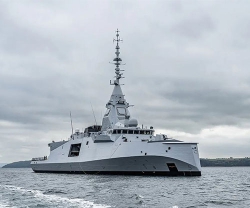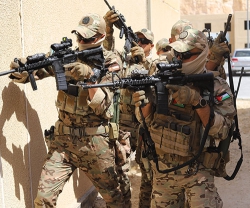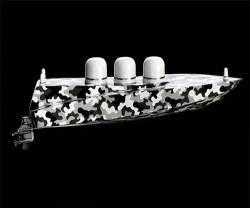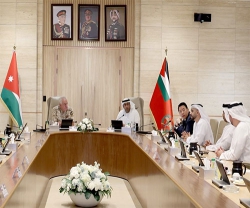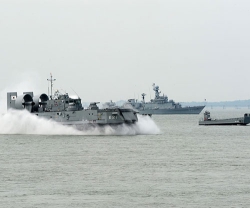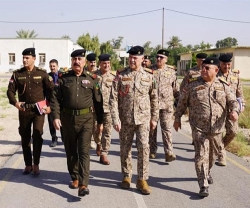Russia started the first phase of S-300 Air Defense deliveries to Iran on Thursday, Itar-Tass reported on Friday.
Iranian Ambassador to Russia Mehdi Sanayee informed Farts News Agency (FNA) in mid November that Moscow had adopted practical measures to start deliveries of the sophisticated air defense shield to Iran.
On November 9, Russia signed a new contract with Iran on the delivery of “about 300” S-300 air defense systems, according to Russia’s state technologies corporation Rostec.
Mehdi Sanayee announced that the contract to deliver the Russian S-300 missile defense system to Tehran has been finalized and its implementation is underway.
“As our Defense Minister and the Russian side have announced, the contract has been finalized and both sides have reached a definite agreement in this regard. The implementation of the contract is moving on its natural course,” he then said.
In September, Russian Deputy Foreign Minister Sergei Ryabkov announced that the contract between Moscow and Tehran on the delivery of S-300 missile defense systems to Iran will be signed in the near future.
“The negotiations are continuing, the contract will be signed in the near future. All political decisions have been made, there are no obstacles there,” Ryabkov said.
In 2007, Iran signed a contract worth $800 million to buy 5 Russian S300 missile defense systems. But the deal was scrapped in 2010 by the then-Russian President Dmitry Medvedev under the pretext of the UN Security Council sanctions, although the UN embargoes did not include defensive military systems.
Iran filed a $4 billion lawsuit against Russia in the international arbitration court in Geneva. Moscow then struggled to have the lawsuit dropped, including by offering the Tor anti-aircraft systems as replacement, media reported in August, adding that the offer was rejected by Tehran.
Yet, some reports said the Antei-2500 could be a better solution. The system does not formally fall under the existing sanctions against Iran while still being useful for the Middle-Eastern country.
While the S-300 was developed for the use by missile defense forces, the Antei-2500 was specifically tailored for the needs of ground forces, which could also be an advantage for Iran, known for its large land force.
Later, Iran rejected the offer, stressing that it would not change its order.
The S-300 is a series of Russian long range surface-to-air missile systems produced by NPO Almaz, all based on the initial S-300P version. The S-300 system was developed to defend against aircraft and cruise missiles for the Soviet Air Defense Forces. Subsequent variations were developed to intercept ballistic missiles.
In the meantime, Iran designed and developed its own version of the S-300 missile shield, known as Bavar (Belief) 373. The Iranian version has superior features over the original Russian model as it enjoys increased mobility and reduced launch-preparation time.
In April, President Putin removed the ban on the delivery of the missile shield to Iran. Putin’s decision was announced hours after relevant reports said the Kremlin also plans to supply China with the advanced S-400 air defense system.
In January, Tehran and Moscow signed an agreement to broaden their defensive cooperation and also resolve the problem with the delivery of Russia's S300 missile defense systems to Iran.
The agreement was signed by General Dehqan and his visiting Russian counterpart General Sergei Shoigu in a meeting in Tehran in January.

